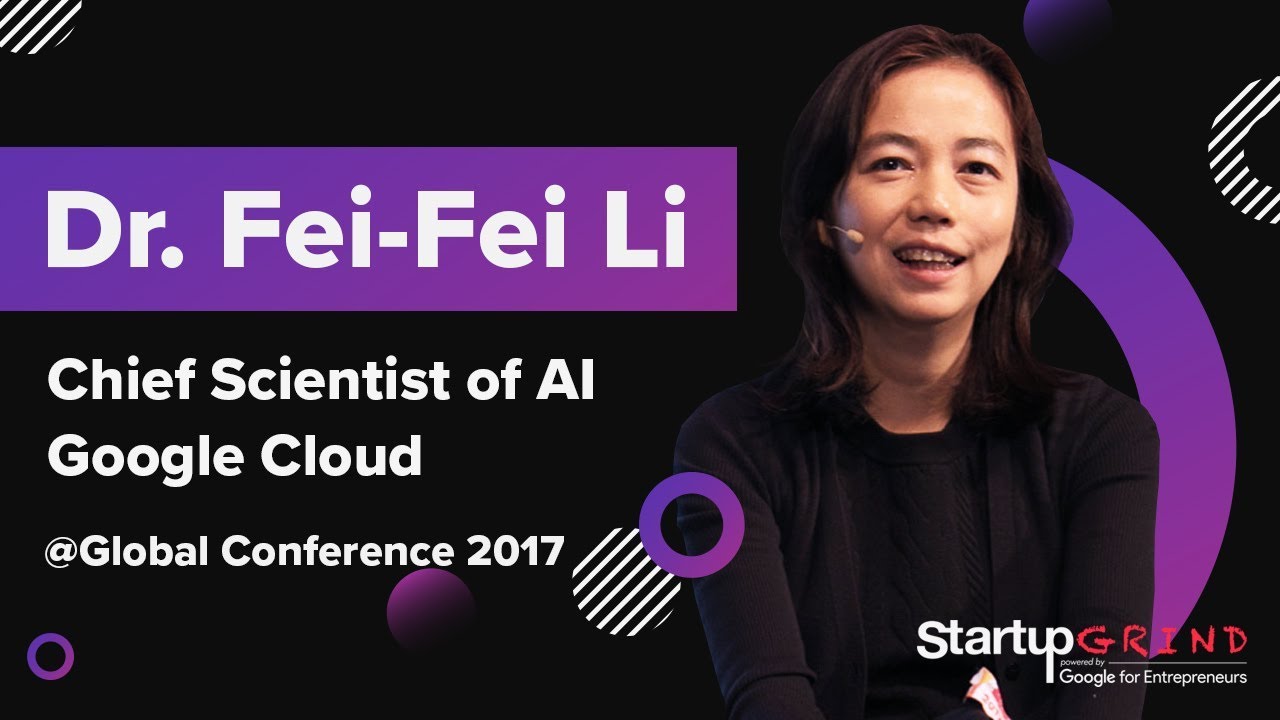
Frank Rosenblatt published Principles of Neurodynamics in 1962: Perceptrons, and the Theory of Brain Mechanisms. He developed several fundamental components for deep learning systems. Sven Behnke expanded Rosenblatt's feedforward hierarchical convolutional approach, to include backward as well as lateral connections. This article lists many applications of deep-learning. You will also find out about the techniques used for training these models.
Limitations to deep learning models
As AI advances, researchers have developed increasingly sophisticated artificial intelligence tools, such as neural networks. However, these tools still have several limitations, which hinder them from achieving human-level accuracy. Researchers have created a framework that incorporates algorithmic, statistical and approximate theory in order to identify deep learning models. It includes education and mentoring. The project examines how statistics can inform deep learning.
Deep learning models: Application
A few deep learning applications have been previously discussed. One example is autonomous vehicles. They can be used to detect pedestrians and objects. They can also be used to map and detect areas of interest. For situational awareness, military researchers use deep learning models. Deep learning models are being used by cancer researchers for the detection of cancer cells. UCLA teams used large datasets to create the most advanced microscope. These data were used to train deep learning applications.

They are trained using various techniques
A deep learning model, a computer program that learns to recognize faces from the images they present, is called a deep learning model. It works by applying nonlinear transformation to the input and learning about it through iterations. The program's output is then trained until it achieves a satisfactory level of accuracy. Deep learning is named as such because of the many layers of processing used to train the model. Deep learning has many applications, as we will show you.
MATLAB
NXPVision Toolbox, a set MATLAB command that allows you deploy deep learning networks onto an Arm Cortex-A53 process, is a great example of a tool that can help you develop deep learning models. MATLAB's Deep Learning Toolbox includes pre-trained neural network examples and instructions for creating your own. This tool is useful for developing automotive and industrial automation applications. You can also deploy your model on NXP Cortex A53 processor.
Convolutional neural networks (CNNs)
CNNs are a good example of deep learning models. CNNs learn to identify visual features from inputs they receive during training. The first layer of a CNN may detect an edge, a shape, or a collection of shapes. The second and the third layers are more complicated and detect larger features and shapes. Each layer is made of several convolutional levels, each of which learns to recognize features on a different level.
Neural networks
Deep learning models have many uses. This technique is useful for many tasks, including the identification of digital defects. Because it uses neural networks, the development of these models is much easier. The amount of data that needs to trained is less than for memory-based models. Deep learning models can be used in order to predict different data sets. This article will provide a brief overview about some of these applications.

vDNN
vDNN models for deep learning are transparently managed and avoid memory bottlenecks associated with conventional DNNs. vDNN uses a memory-prefetching strategy to offload data to the GPU during computation. This strategy saves on memory space by using GPUs' 4.2 GB memory. The data in the backward process is also offloaded, but the most significant benefit is that the vDNN uses less memory.
FAQ
What is AI used today?
Artificial intelligence (AI), which is also known as natural language processing, artificial agents, neural networks, expert system, etc., is an umbrella term. It's also known as smart machines.
The first computer programs were written by Alan Turing in 1950. His interest was in computers' ability to think. He proposed an artificial intelligence test in his paper, "Computing Machinery and Intelligence." The test tests whether a computer program can have a conversation with an actual human.
John McCarthy, who introduced artificial intelligence in 1956, coined the term "artificial Intelligence" in his article "Artificial Intelligence".
There are many AI-based technologies available today. Some are easy to use and others more complicated. They can range from voice recognition software to self driving cars.
There are two major types of AI: statistical and rule-based. Rule-based uses logic for making decisions. A bank account balance could be calculated by rules such as: If the amount is $10 or greater, withdraw $5 and if it is less, deposit $1. Statistical uses statistics to make decisions. A weather forecast may look at historical data in order predict the future.
What is the status of the AI industry?
The AI industry is growing at a remarkable rate. By 2020, there will be more than 50 billion connected devices to the internet. This means that all of us will have access to AI technology via our smartphones, tablets, laptops, and laptops.
Businesses will have to adjust to this change if they want to remain competitive. Companies that don't adapt to this shift risk losing customers.
The question for you is, what kind of business model would you use to take advantage of these opportunities? You could create a platform that allows users to upload their data and then connect it with others. You might also offer services such as voice recognition or image recognition.
Whatever you decide to do in life, you should think carefully about how it could affect your competitive position. While you won't always win the game, it is possible to win big if your strategy is sound and you keep innovating.
AI is useful for what?
Artificial intelligence is a branch of computer science that simulates intelligent behavior for practical applications, such as robotics and natural language processing.
AI can also be referred to by the term machine learning. This is the study of how machines learn and operate without being explicitly programmed.
AI is being used for two main reasons:
-
To make our lives simpler.
-
To be better than ourselves at doing things.
A good example of this would be self-driving cars. We don't need to pay someone else to drive us around anymore because we can use AI to do it instead.
What are some examples AI-related applications?
AI can be used in many areas including finance, healthcare and manufacturing. These are just a few of the many examples.
-
Finance - AI already helps banks detect fraud. AI can spot suspicious activity in transactions that exceed millions.
-
Healthcare – AI is used for diagnosing diseases, spotting cancerous cells, as well as recommending treatments.
-
Manufacturing - AI is used in factories to improve efficiency and reduce costs.
-
Transportation - Self Driving Cars have been successfully demonstrated in California. They are currently being tested around the globe.
-
Utilities are using AI to monitor power consumption patterns.
-
Education - AI is being used for educational purposes. Students can, for example, interact with robots using their smartphones.
-
Government – Artificial intelligence is being used within the government to track terrorists and criminals.
-
Law Enforcement - AI is being used as part of police investigations. Search databases that contain thousands of hours worth of CCTV footage can be searched by detectives.
-
Defense - AI is being used both offensively and defensively. Artificial intelligence systems can be used to hack enemy computers. For defense purposes, AI systems can be used for cyber security to protect military bases.
What is the most recent AI invention?
Deep Learning is the latest AI invention. Deep learning (a type of machine-learning) is an artificial intelligence technique that uses neural network to perform tasks such image recognition, speech recognition, translation and natural language processing. Google developed it in 2012.
Google recently used deep learning to create an algorithm that can write its code. This was accomplished using a neural network named "Google Brain," which was trained with a lot of data from YouTube videos.
This allowed the system's ability to write programs by itself.
IBM announced in 2015 they had created a computer program that could create music. The neural networks also play a role in music creation. These are known as NNFM, or "neural music networks".
What can you do with AI?
There are two main uses for AI:
* Prediction - AI systems can predict future events. A self-driving vehicle can, for example, use AI to spot traffic lights and then stop at them.
* Decision making-AI systems can make our decisions. Your phone can recognise faces and suggest friends to call.
How does AI work
An artificial neural networks is made up many simple processors called neuron. Each neuron receives inputs form other neurons and uses mathematical operations to interpret them.
Layers are how neurons are organized. Each layer has its own function. The first layer receives raw information like images and sounds. These are then passed on to the next layer which further processes them. Finally, the last layer generates an output.
Each neuron also has a weighting number. This value is multiplied each time new input arrives to add it to the weighted total of all previous values. The neuron will fire if the result is higher than zero. It sends a signal down to the next neuron, telling it what to do.
This is repeated until the network ends. The final results will be obtained.
Statistics
- By using BrainBox AI, commercial buildings can reduce total energy costs by 25% and improves occupant comfort by 60%. (analyticsinsight.net)
- A 2021 Pew Research survey revealed that 37 percent of respondents who are more concerned than excited about AI had concerns including job loss, privacy, and AI's potential to “surpass human skills.” (builtin.com)
- More than 70 percent of users claim they book trips on their phones, review travel tips, and research local landmarks and restaurants. (builtin.com)
- According to the company's website, more than 800 financial firms use AlphaSense, including some Fortune 500 corporations. (builtin.com)
- While all of it is still what seems like a far way off, the future of this technology presents a Catch-22, able to solve the world's problems and likely to power all the A.I. systems on earth, but also incredibly dangerous in the wrong hands. (forbes.com)
External Links
How To
How to Set Up Amazon Echo Dot
Amazon Echo Dot (small device) connects with your Wi-Fi network. You can use voice commands to control smart devices such as fans, thermostats, lights, and thermostats. You can use "Alexa" for music, weather, sports scores and more. You can ask questions, make phone calls, send texts, add calendar events, play video games, read the news and get driving directions. You can also order food from nearby restaurants. Bluetooth headphones and Bluetooth speakers (sold separately) can be used to connect the device, so music can be heard throughout the house.
You can connect your Alexa-enabled device to your TV via an HDMI cable or wireless adapter. If you want to use your Echo Dot with multiple TVs, just buy one wireless adapter per TV. Multiple Echoes can be paired together at the same time, so they will work together even though they aren’t physically close to each other.
These are the steps to set your Echo Dot up
-
Turn off your Echo Dot.
-
The Echo Dot's Ethernet port allows you to connect it to your Wi Fi router. Make sure to turn off the power switch.
-
Open Alexa on your tablet or smartphone.
-
Select Echo Dot to be added to the device list.
-
Select Add New Device.
-
Choose Echo Dot among the options in the drop-down list.
-
Follow the instructions.
-
When asked, type your name to add to your Echo Dot.
-
Tap Allow access.
-
Wait until Echo Dot connects successfully to your Wi Fi.
-
Repeat this process for all Echo Dots you plan to use.
-
Enjoy hands-free convenience